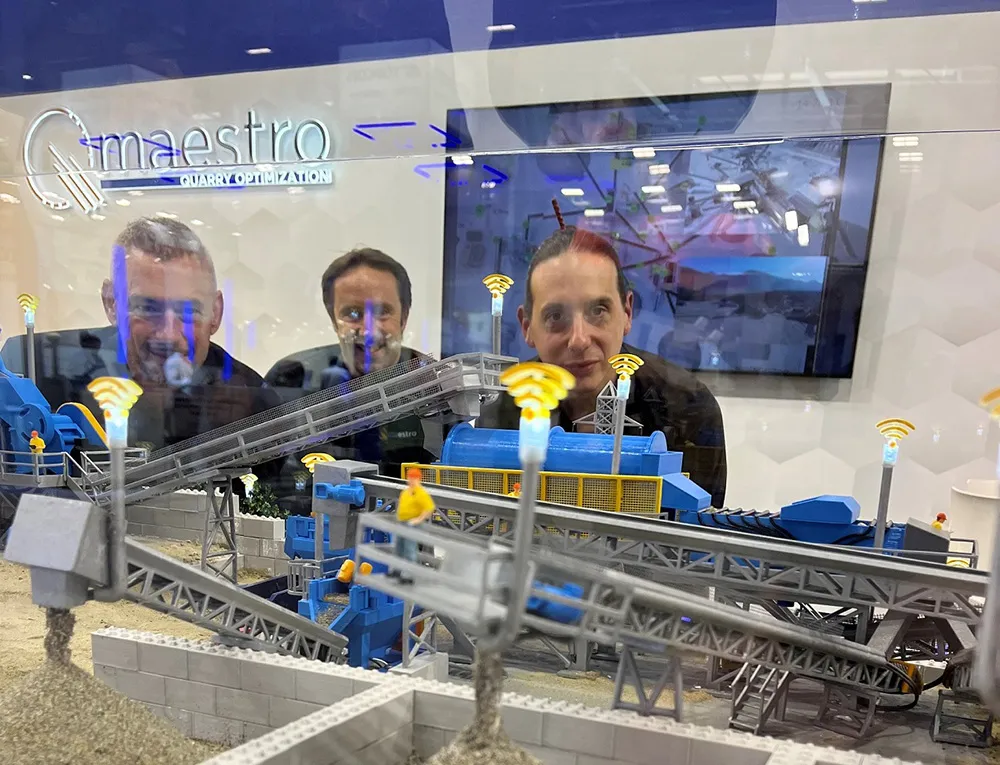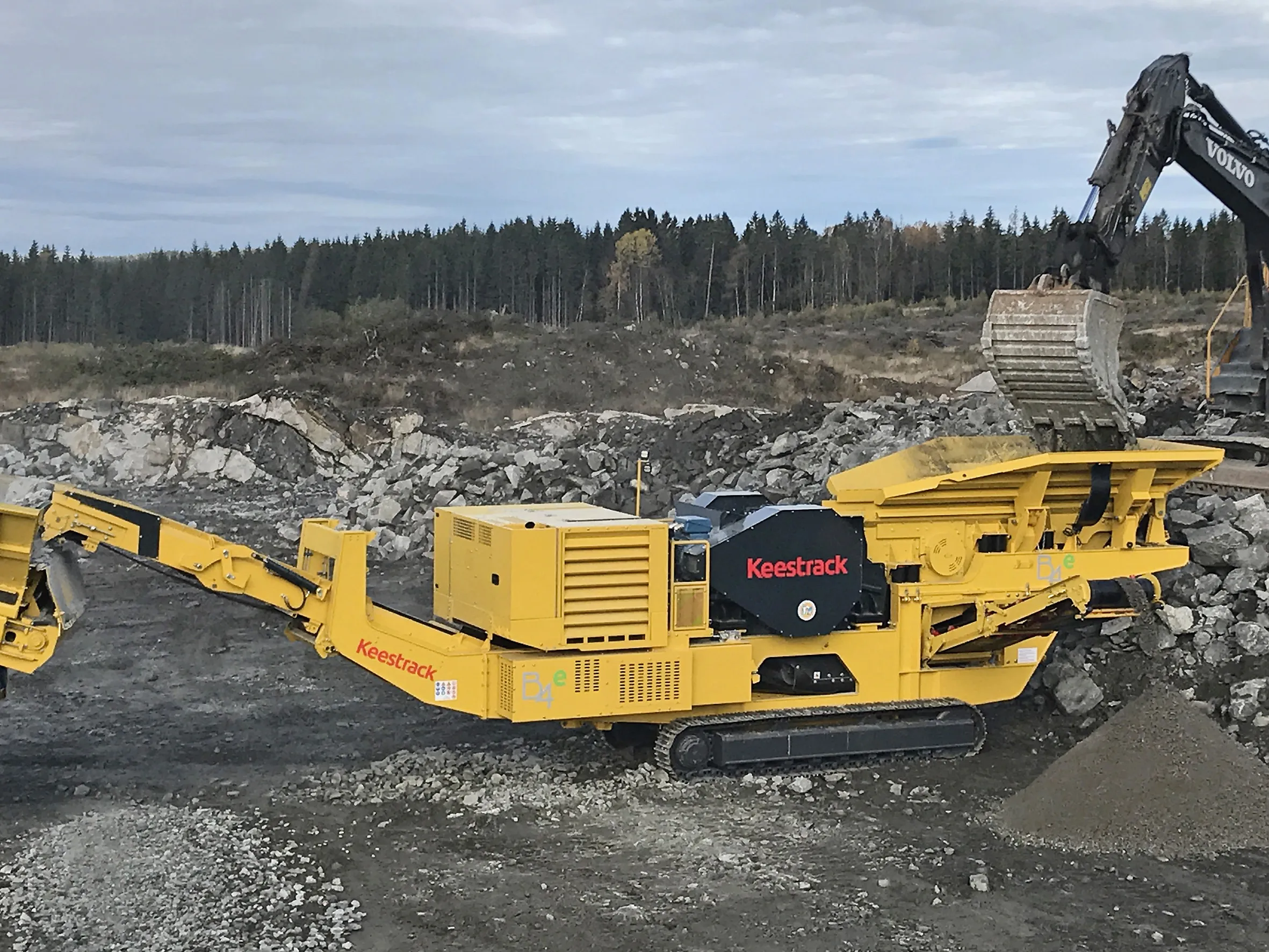Doosan is making moves to strengthen its presence in the EMEA market.
Doosan Bobcat EMEA has already integrated the sales/distribution businesses of its compact and heavy construction equipment to efficiency across both businesses. As a result, Doosan Bobcat EMEA has achieved a significant improvement within the EMEA region. As both the compact and heavy construction equipment industries are growing quickly, Doosan Bobcat EMEA believes it can further expand its market presence and share in the EMEA region through this business transfer, focusing on its compact equipment business in the region. Also, this decision will enable Doosan Infracore to boost core competencies of the heavy business by leveraging its functional expertise and taking full responsibility for the entire value chain from sales and product development to production under a single global leadership.
“The main purpose of this change is to further strengthen our focus on core businesses under a globally integrated management team, for both Doosan Infracore and Doosan Bobcat,” commented Alvaro Pacini, president, Doosan Bobcat EMEA. “The Doosan Bobcat EMEA team will continue to give dedicated focus and expertise on Bobcat products and support for dealers and customers. This organisational change demonstrates our commitment to the long-term success of our company as well as our valued partners. There are no changes or impact on the Bobcat,
Doosan developing European operations
Doosan is making moves to strengthen its presence in the EMEA market.
Doosan Bobcat and Doosan Infracore intend to transfer the Doosan Heavy business from Doosan Bobcat to Doosan Infracore. Both parties are pursuing this transfer process to allow each to concentrate on strengthening their core competencies. This transfer process is to be effective as of January 1st, 2018.
September 4, 2017
Read time: 2 mins









